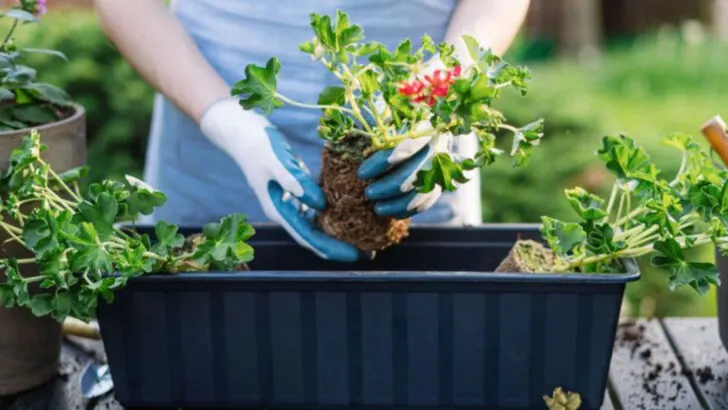You’ve got the plants, the pots, maybe even a cute watering can—but something still feels off. At Plantisima, we know that plant styling is more than just placing greenery on a shelf. It’s about creating harmony, flow, and a space that feels alive. And unfortunately, some of the most common decorating habits can quietly sabotage your green goals.
In this article, we uncover 19 plant design mistakes that even the most enthusiastic plant lovers make—plus smart, simple ways to fix them. From poor lighting choices and overcrowded corners to mismatched pots and lifeless arrangements, we’re here to help you design with confidence and creativity.
To our Plantisima readers who want their home to feel like a curated jungle, not a chaotic forest—this one’s for you. Let’s turn those leafy missteps into stylish statements and make your plants look as good as they feel.
Overcrowding Your Space
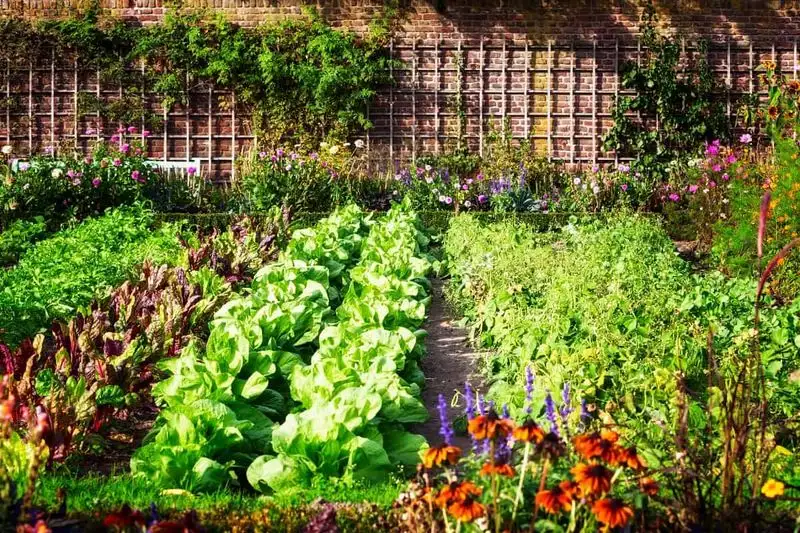
A common mistake is packing too many plants into a limited space, which can lead to a chaotic appearance rather than a calming oasis. Each plant needs room to grow, and overcrowding can restrict this, causing competition for light and resources.
Instead of cramming every inch with greenery, focus on creating a balanced design where each plant can shine. Group similar species together for a cohesive look, and use varying heights to add depth and interest to your arrangement. By allowing space between plants, you’ll also make maintenance easier and reduce the spread of pests and diseases.
Ignoring Light Requirements
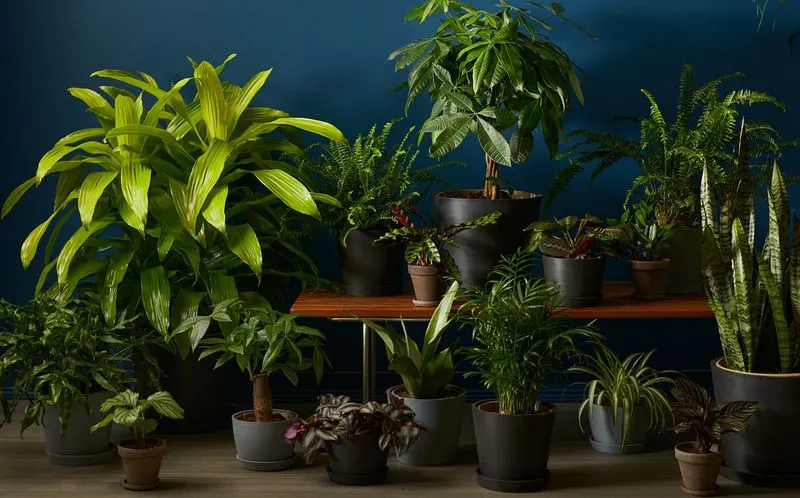
Plants, like people, have distinct preferences for sunlight. Some crave bright, direct rays, while others thrive in shadier corners. Ignoring these needs leads to unhappy, underperforming plants.
Understanding your plants’ light requirements can transform your space. Use sheer curtains to diffuse harsh sunlight for delicate species, or consider grow lights if natural light is scarce. Arrange your plants based on their light needs, with sun-loving species by the windows and shade-tolerant ones further inside. This simple adjustment can result in healthier, more vibrant plants that bring joy to your environment.
Poor Drainage Solutions
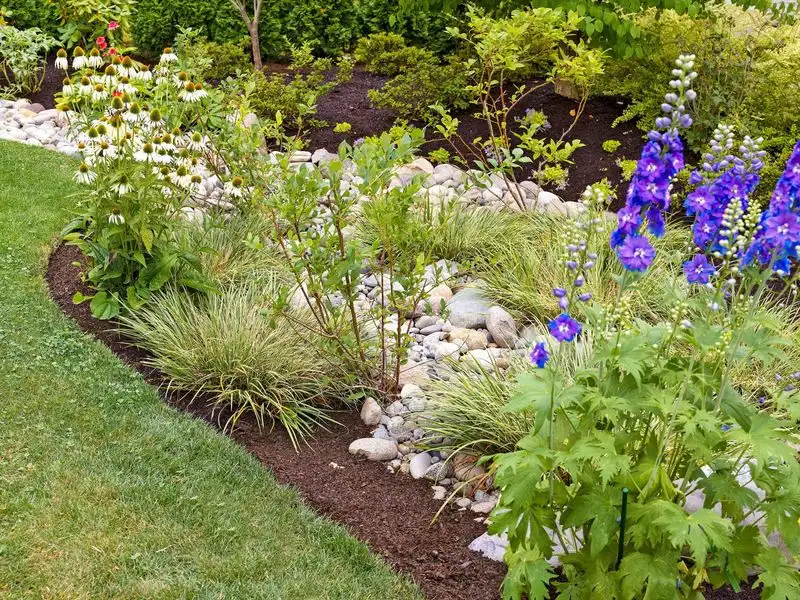
Decorative pots without drainage can suffocate your plants, as excess water has nowhere to escape. This oversight often leads to root rot, a silent killer of indoor plants.
To avoid this, ensure every pot has drainage holes. If you fall in love with a pot that lacks them, consider using it as a decorative outer pot with a hidden, practical planter inside.
Additionally, using a saucer under each pot can catch excess water and prevent damage to surfaces. Ensuring proper drainage is key to healthy roots and thriving plants.
Neglecting to Repot
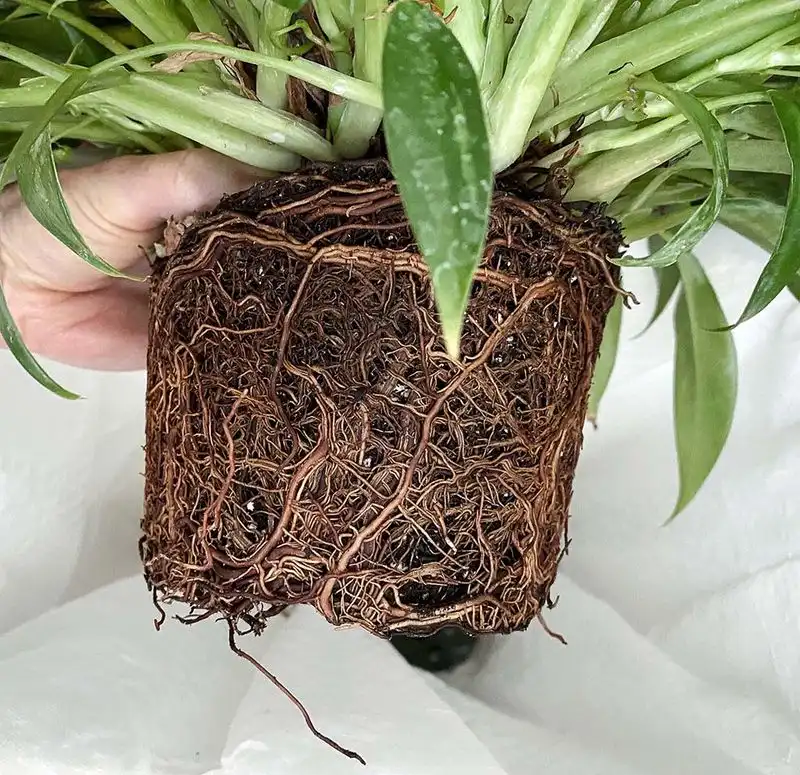
Plants can outgrow their homes just as people can. Leaving them root-bound in undersized pots restricts their growth and vitality.
Regularly check if your plants need repotting by observing root growth and soil condition. Typically, a plant should be repotted every one to two years. Choose a pot that’s one size larger with fresh soil to give the roots room to spread.
Repotting not only supports physical growth; it also rejuvenates the soil with new nutrients, providing a fresh foundation for your plant to thrive.
Using the Wrong Soil
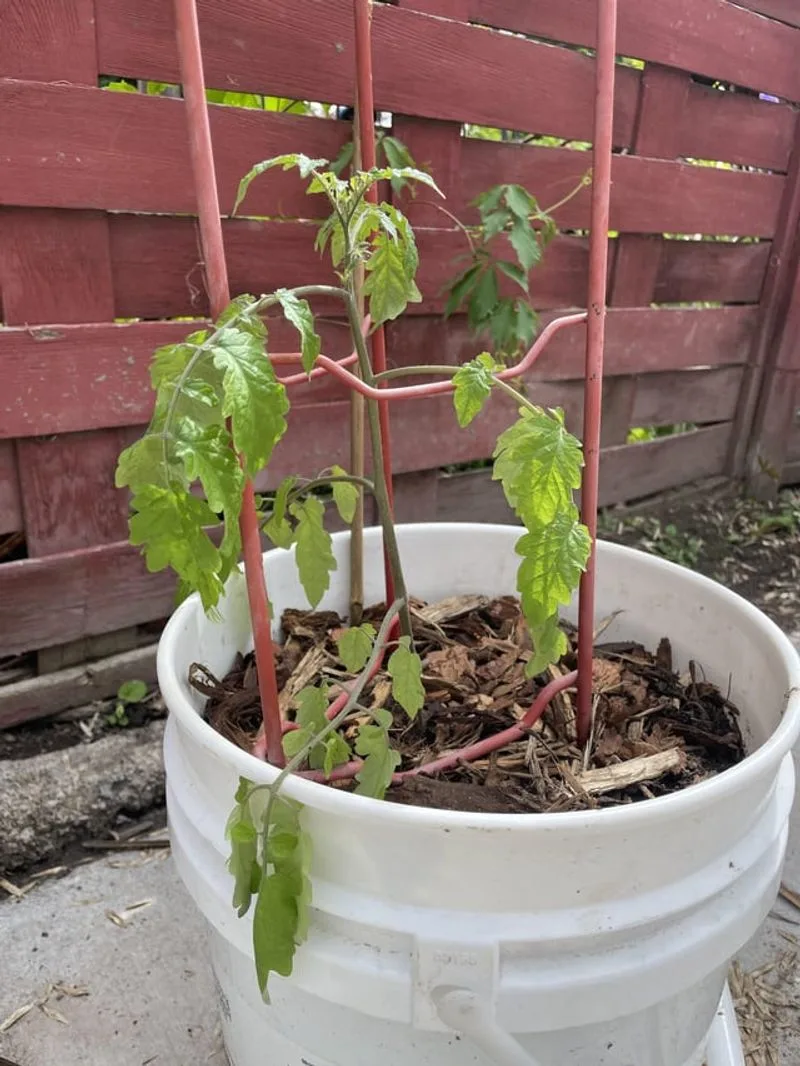
Not all soil is created equal. Using the wrong type can suffocate your plant or lead to poor health. Some plants need well-draining soil, while others prefer moisture-retaining mixtures.
Research the specific needs of your plants to provide the most suitable growing medium. Cacti and succulents thrive in sandy, fast-draining soil, whereas ferns enjoy a more moisture-rich environment.
Choosing the correct soil not only promotes healthy growth but also simplifies watering routines, ensuring your plants receive the care they need to flourish.
Unbalanced Plant Arrangement
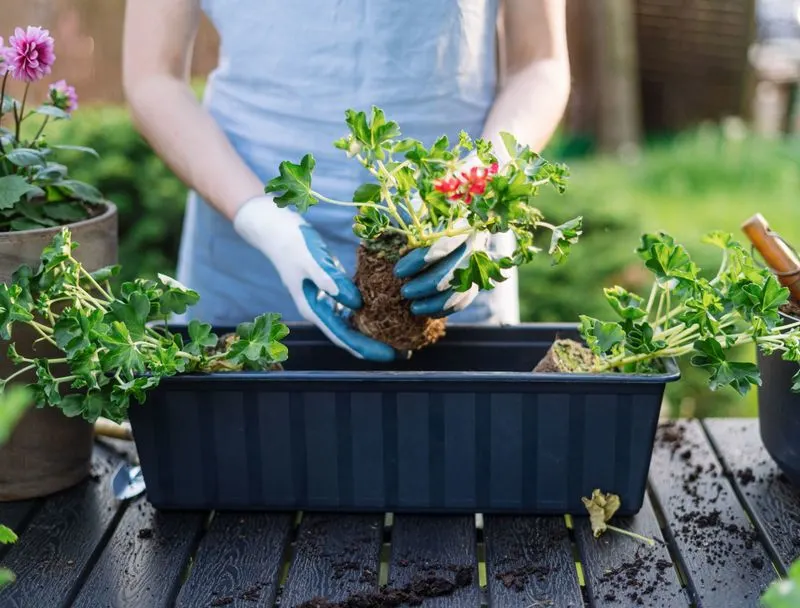
An unbalanced arrangement disrupts the flow and harmony of your space, making it look haphazard. It’s essential to consider scale, proportion, and symmetry when arranging plants.
Create visual balance by mixing plant sizes and shapes, ensuring taller plants don’t overshadow smaller ones. Use odd numbers for grouping to maintain interest and flow in design.
By thoughtfully arranging plants, you enhance the aesthetic appeal of your home. This not only pleases the eye but also creates an inviting and cohesive space that feels intentional and well-curated.
Monotony in Plant Choices

Relying on a single type of plant can make your space feel flat and uninspired. Diversity not only adds visual intrigue but also supports a healthier indoor environment.
Introduce a range of textures, colors, and sizes by mixing different plant species. Variegated leaves, trailing vines, and upright growers can collectively create a dynamic display that captivates and delights.
This variety not only invigorates your decor but also mimics natural ecosystems, promoting a balanced environment. Embrace the beauty of diversity in your plant selections to enrich your space.
Improper Watering Techniques
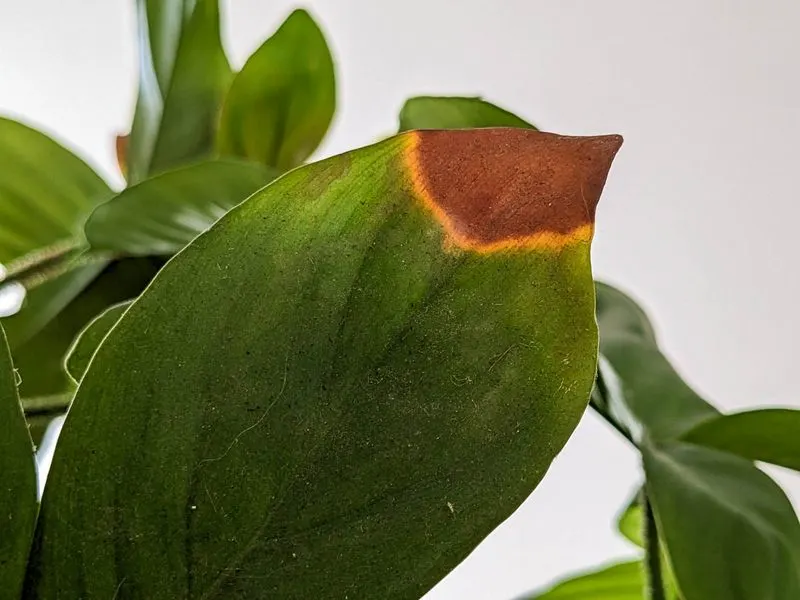
Watering may seem straightforward, but it’s a common pitfall for many plant owners. Overwatering or underwatering can cause stress and lead to discolored leaves and stunted growth.
Understanding your plant’s specific water needs is crucial. Some thrive in consistently moist soil, while others prefer to dry out between waterings. Pay attention to signs of distress, such as wilting or yellowing leaves, and adjust your habits accordingly.
A moisture meter can be a helpful tool for gauging soil humidity and ensuring your watering routine is on point. Proper techniques foster vibrant, flourishing plants.
Ignoring Humidity Levels
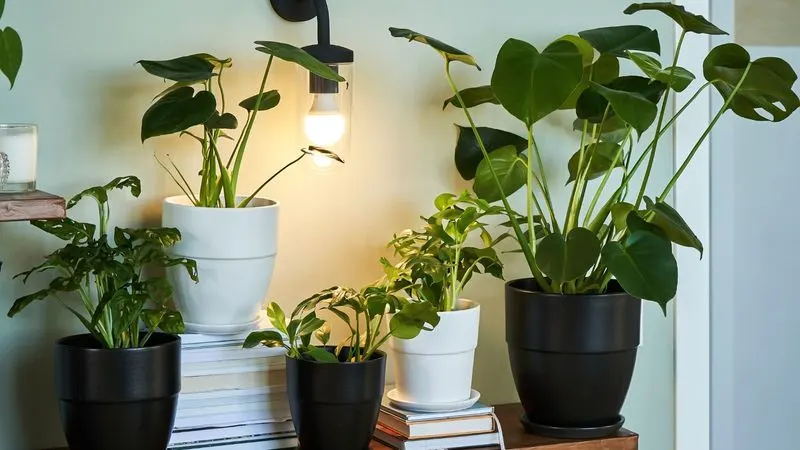
Humidity plays a crucial role in plant health, especially for tropical varieties. Dry indoor air can cause leaf tips to brown and hinder growth.
Boost humidity by grouping plants together, misting regularly, or using a humidifier. Placing a tray with water and pebbles beneath pots can also help. Consider the natural habitat of your plants to mimic optimal conditions.
Monitoring and adjusting humidity levels can transform your plant care routine, creating a thriving environment for your greenery. Happy plants often lead to a happier atmosphere in your home.
Overlooking Seasonal Changes
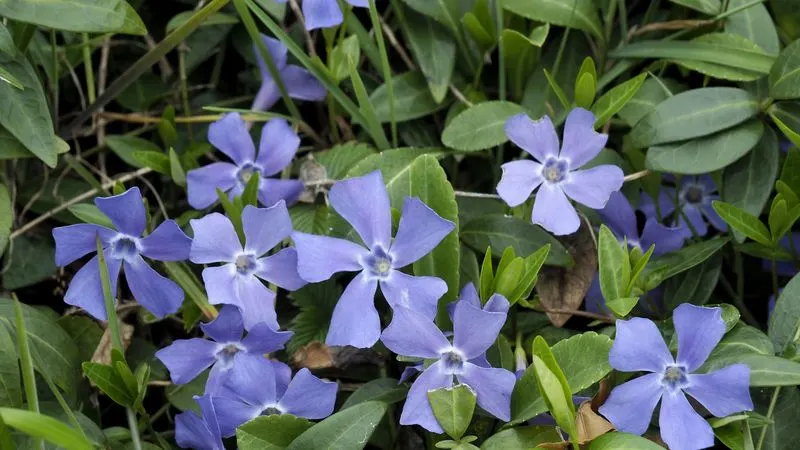
Plants respond to seasonal shifts just like nature does. Overlooking these changes can lead to decline in health and vitality.
Adjust care routines with the seasons, reducing watering in winter and increasing it in summer. Move plants to brighter spots during shorter days, or provide supplemental light.
By syncing with nature, you can better support your plant’s lifecycle, allowing them to flourish year-round. Recognizing these shifts ensures that your green companions remain vibrant and healthy, regardless of the time of year.
Neglecting Pest Control
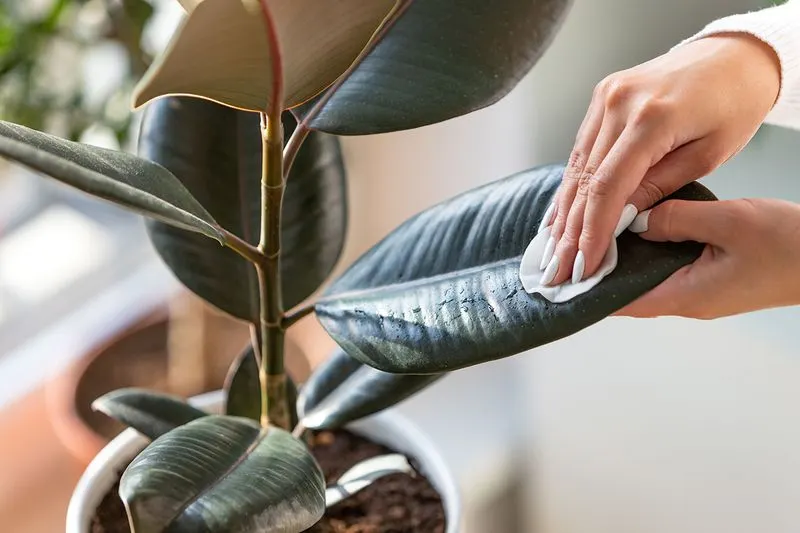
Pests are the unwelcome visitors that can wreak havoc on your plant collection. Ignoring them can lead to irreversible damage.
Regularly inspect your plants for signs of pests, such as discolored leaves or webbing. Introducing natural predators, like ladybugs, can keep populations in check.
Homemade remedies, like neem oil sprays, offer chemical-free options for pest management. Staying vigilant helps maintain healthy plants and a pest-free environment, ensuring your indoor garden remains a beautiful and thriving sanctuary.
Failing to Fertilize Appropriately
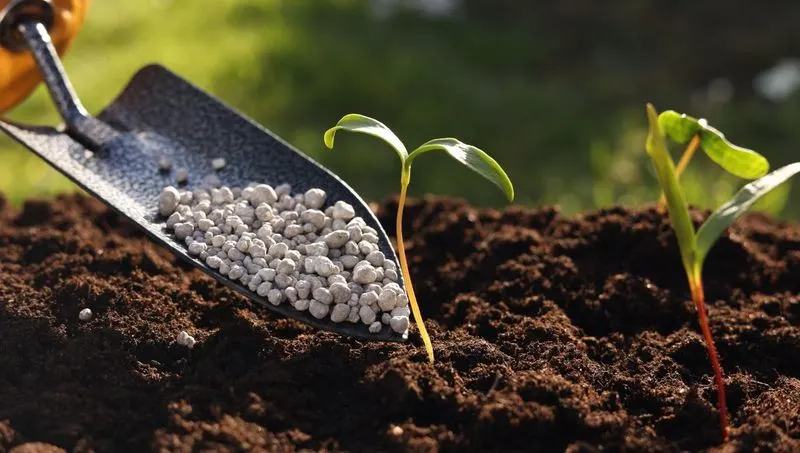
Fertilizer is plant food, and neglecting it can starve your plants of essential nutrients. Over-fertilizing, on the other hand, can cause toxic buildup in the soil.
Understand the nutritional needs of each species and choose a suitable fertilizer. Slow-release options offer consistent nourishment, while liquid fertilizers provide a quick boost.
Fertilizing during the growing season can enhance vigor and vitality, while reducing frequency in the dormant months prevents stress. Proper nutrition ensures your plants are not just surviving, but thriving.
Improper Plant Placement
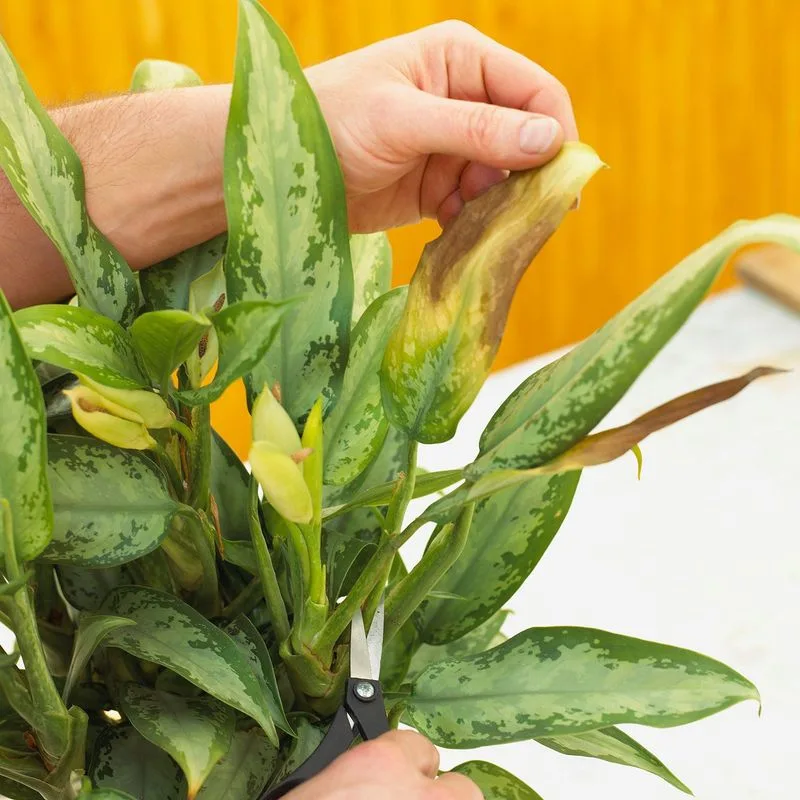
Where you place your plants can impact both their health and the room’s aesthetics. Placing plants too high or low can make them less effective decor elements and affect their growth.
Ensure that plants are positioned for visibility and accessibility, making them part of the decor without compromising their health. Consider the natural light and traffic patterns in each room.
Correct placement not only enhances visual appeal but also supports plant health, ensuring they receive the right amount of light and care. Make thoughtful placement choices to elevate your plant design.
Neglecting Air Circulation
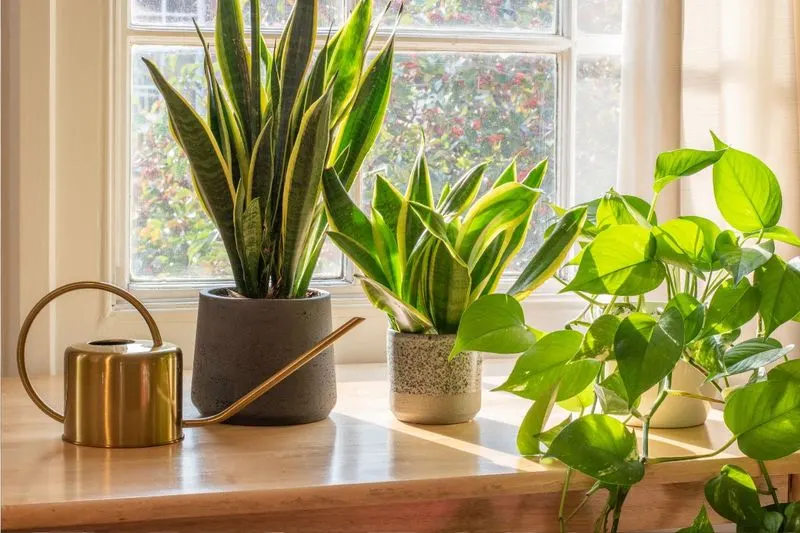
Plants need fresh air to thrive, and a lack of circulation can lead to stunted growth and increased pest risks. Stagnant air can also dull their appearance, making them less vibrant.
Open windows when possible, use fans to gently move air, and avoid packing plants too closely together. This creates a dynamic environment where plants can breathe, reducing humidity buildup and promoting growth.
Enhancing air circulation is a simple yet effective way to boost plant health, making your indoor garden a more inviting and lively space.
Forgetting to Clean Leaves
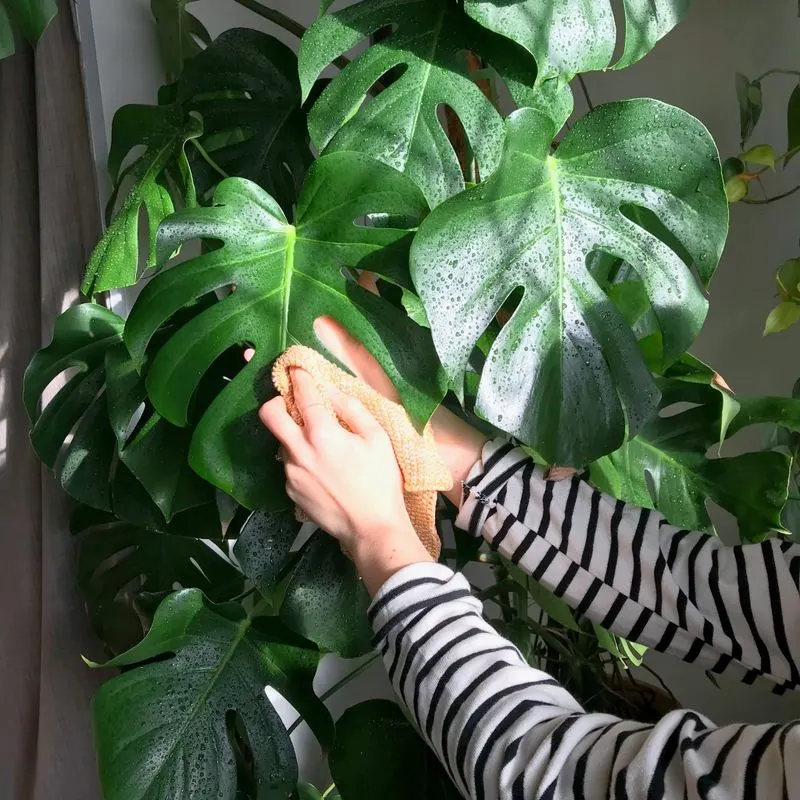
Just like furniture collect dust, so do plant leaves. This layer can hinder photosynthesis, leading to sluggish growth and dull appearance.
Regularly wipe leaves with a damp cloth or gently shower them to remove dust. This not only improves their appearance but also enhances their ability to absorb light and perform essential functions.
Cleaning leaves is an often overlooked aspect of plant care that can dramatically boost their health and vitality. Keeping plants clean ensures they continue to thrive and contribute positively to your indoor environment.
Using Mismatched Planters
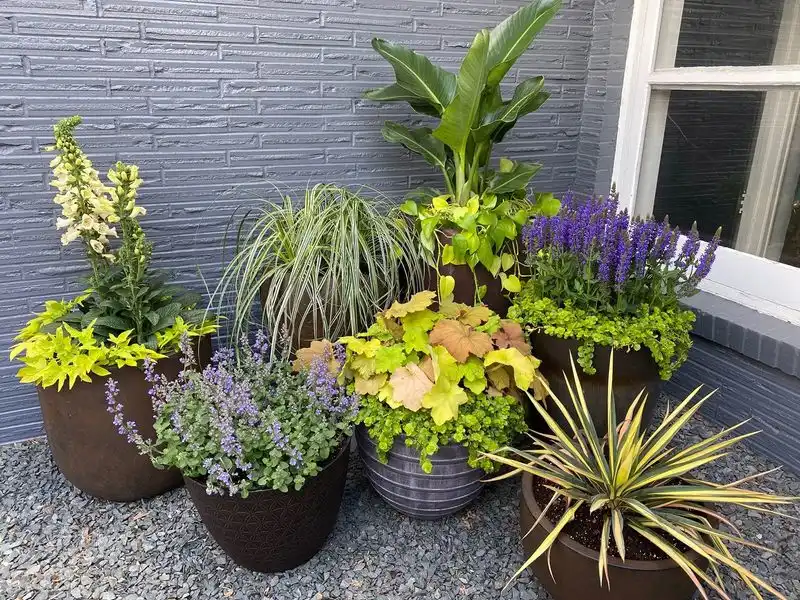
Planters are more than just functional; they’re a key component of your decor. Mismatched planters can create visual chaos, disrupting the harmony of your space.
Choose planters that complement your interior style and color scheme. Consider using a consistent material or color palette to tie the look together. This cohesion unifies your plant display, enhancing the overall aesthetic appeal.
Thoughtful selection of planters can elevate your indoor garden from a collection of plants to a unified design element, creating a more inviting and stylish environment.
Inconsistent Plant Care Routines
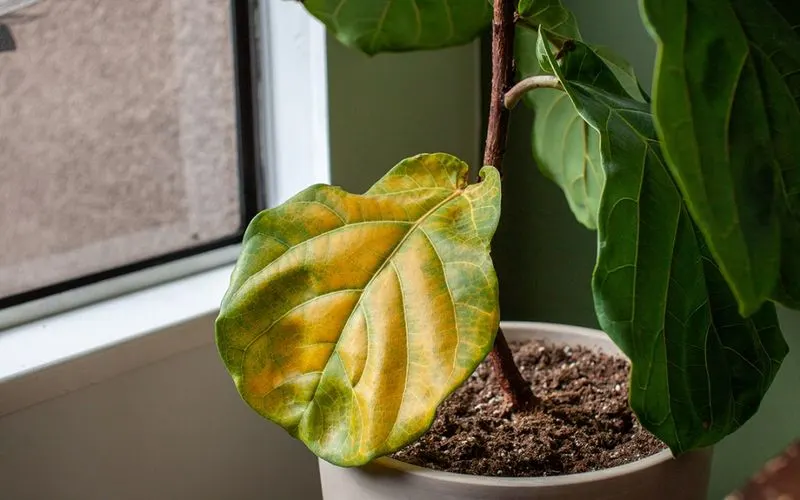
Much like people, plants thrive on routine. Inconsistent care can lead to stress and erratic growth, affecting both health and aesthetics.
Establish a regular schedule for watering, feeding, and inspecting your plants. Use a calendar or an app to keep track of care tasks and reminders.
Consistent routines ensure that your plants receive the attention they need, resulting in a more vibrant and healthy indoor garden. This commitment to routine not only benefits your plants but also provides a structured and relaxing hobby.
Choosing the Wrong Plant for Your Space
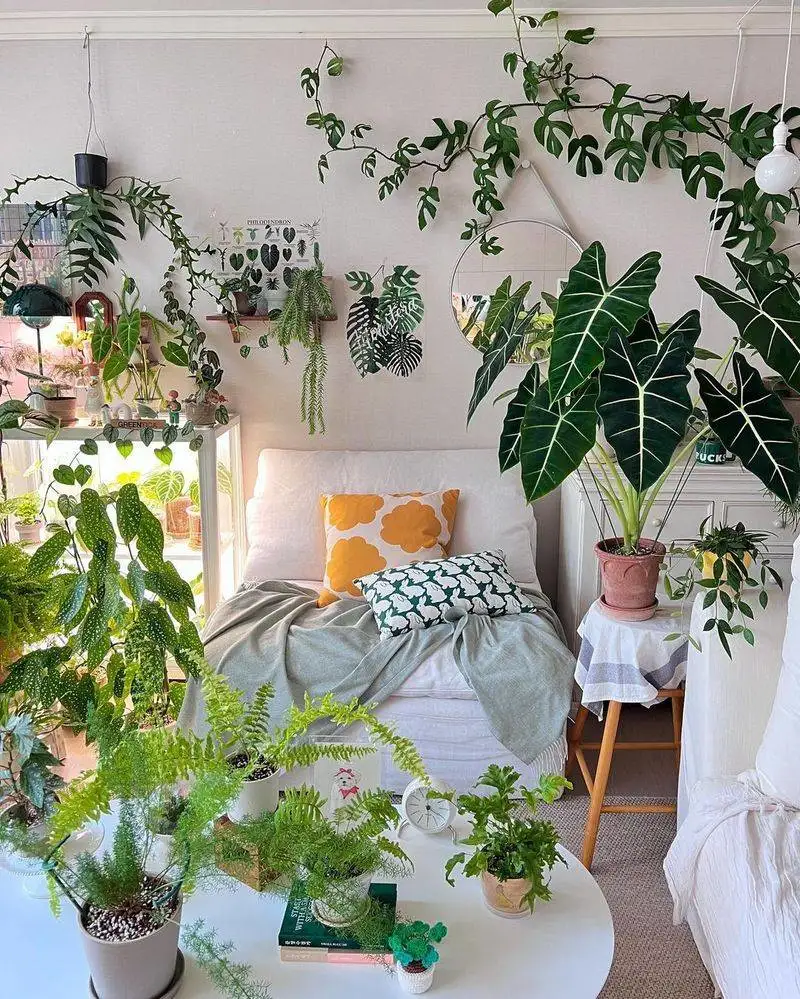
Selecting plants unsuited for your environment often leads to disappointment and frustration. A plant that thrives in tropical conditions may not fare well in a dimly lit room.
Assess your space’s light levels, temperature, and humidity before choosing plants. Opt for species that naturally fit your environment, ensuring they have the best chance to flourish.
By understanding the specific needs of plants, you can make informed decisions that lead to a more successful and rewarding indoor garden. This mindful approach results in a thriving and harmonious plant collection.

